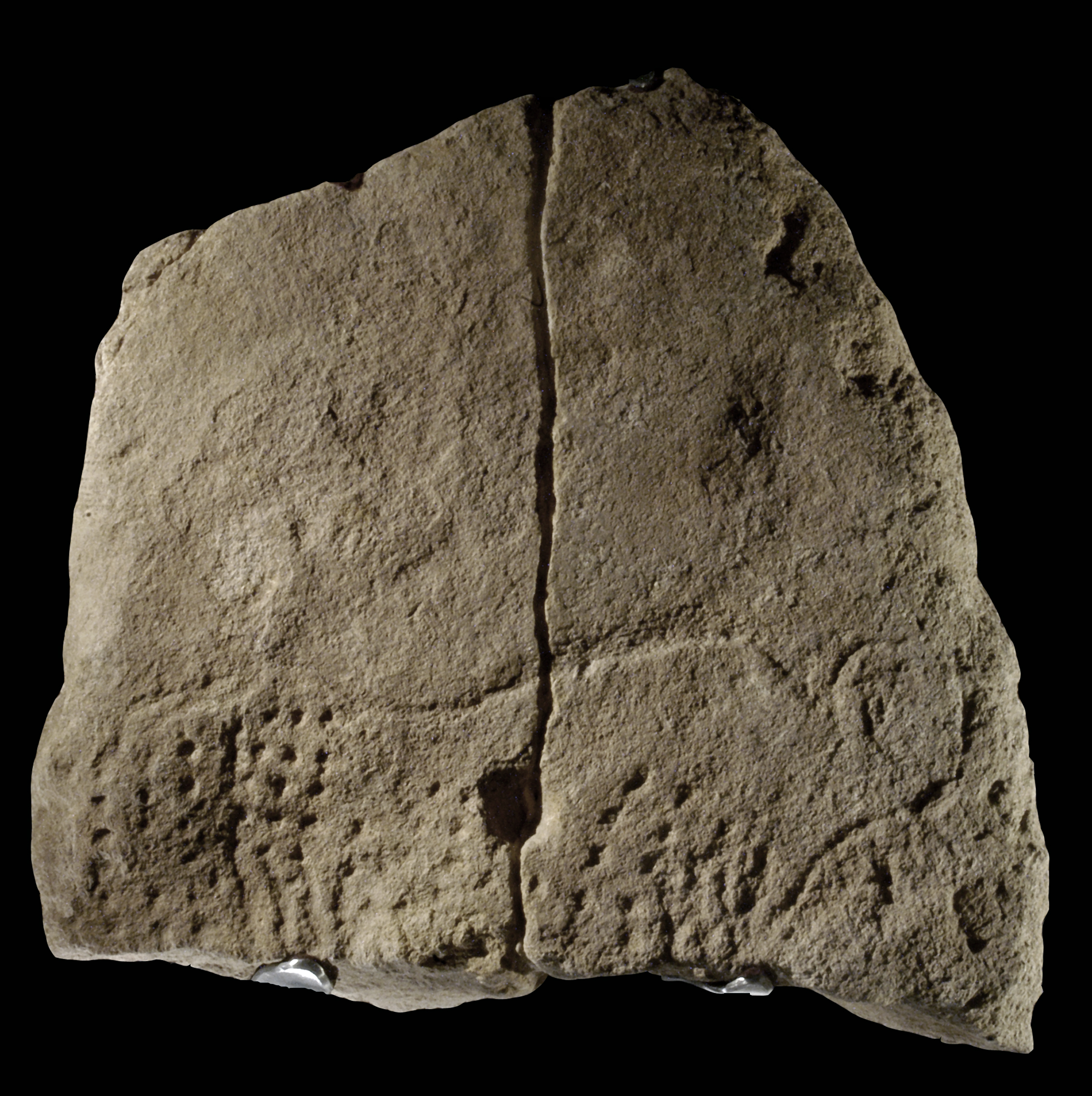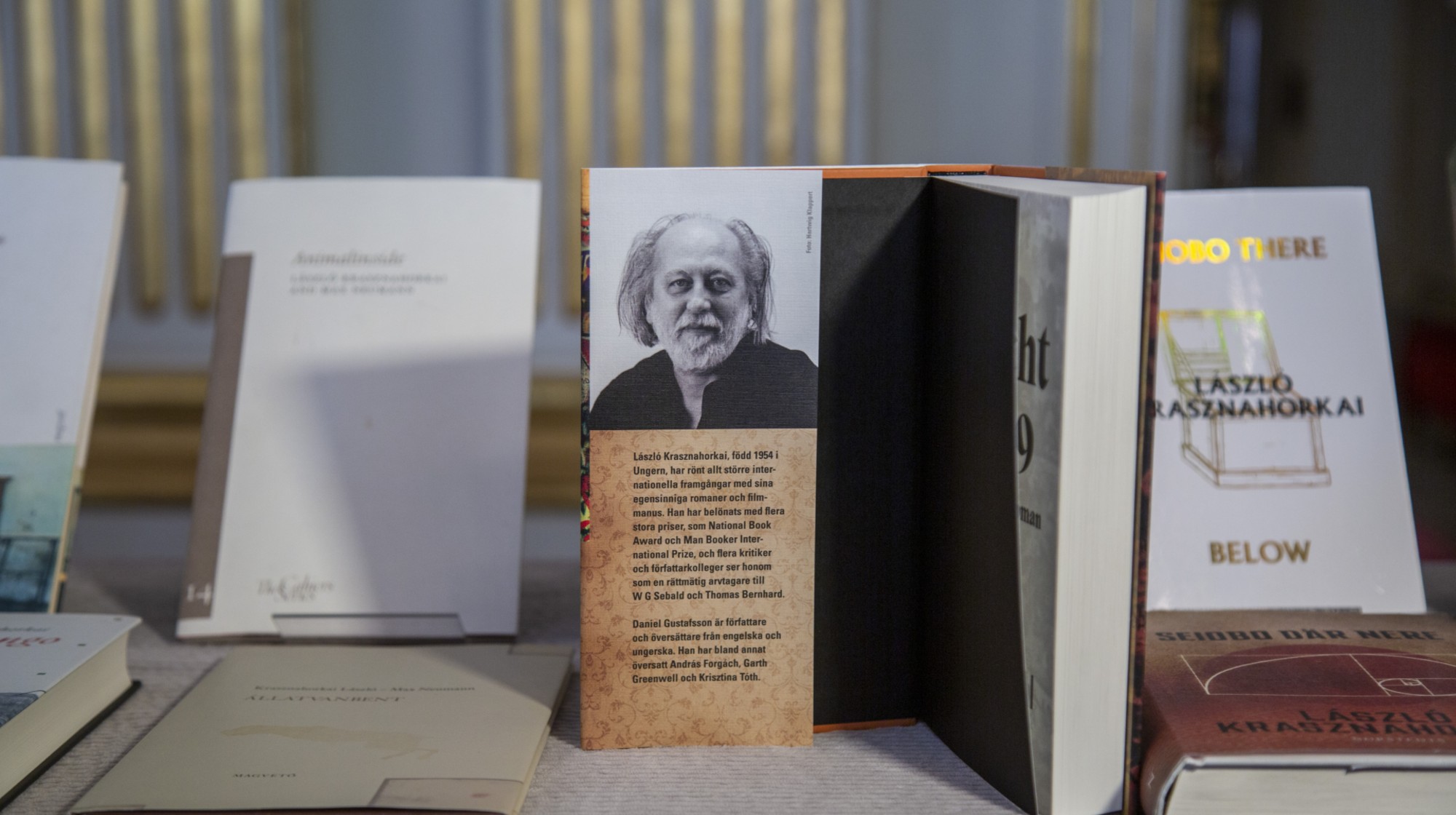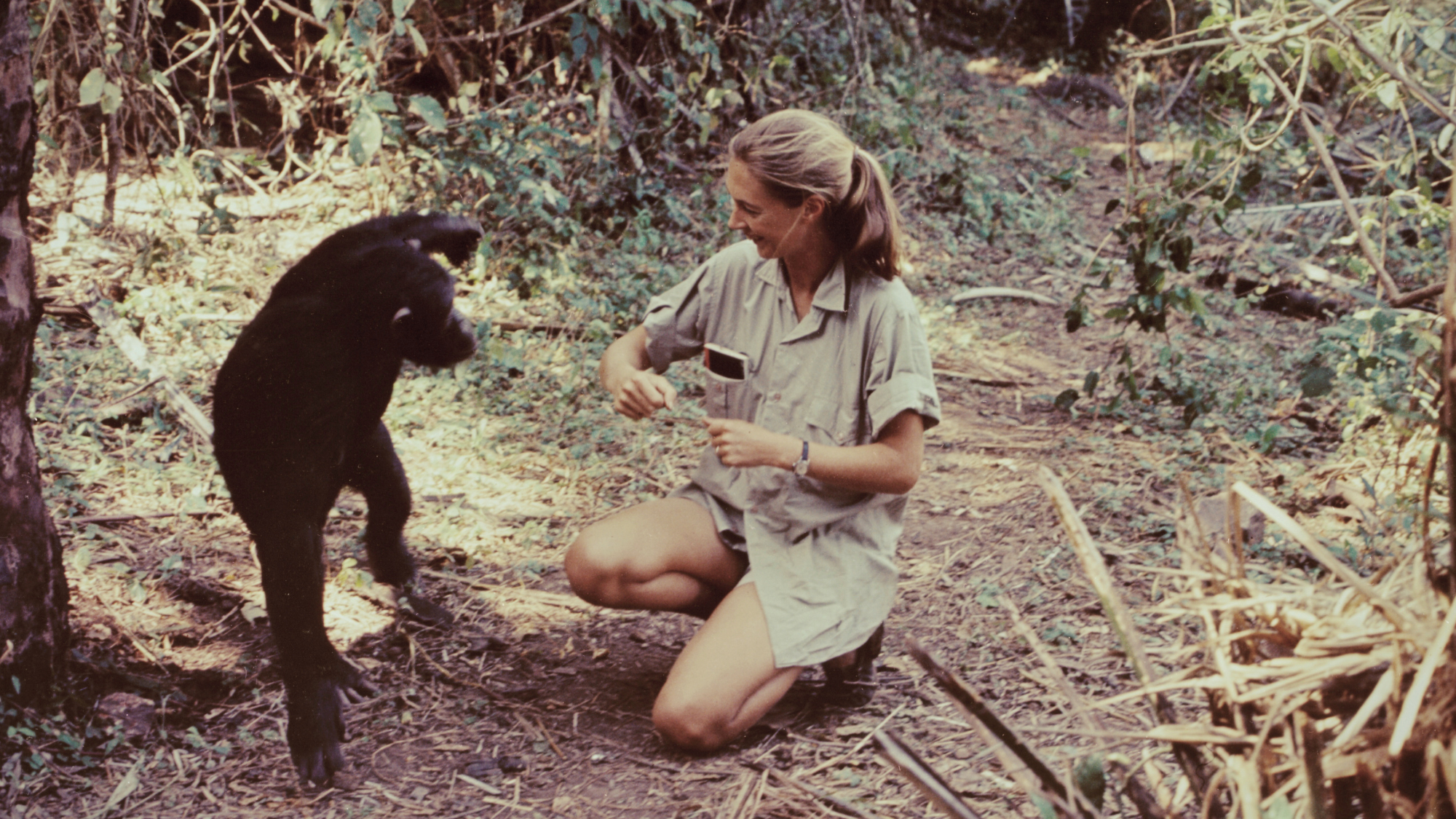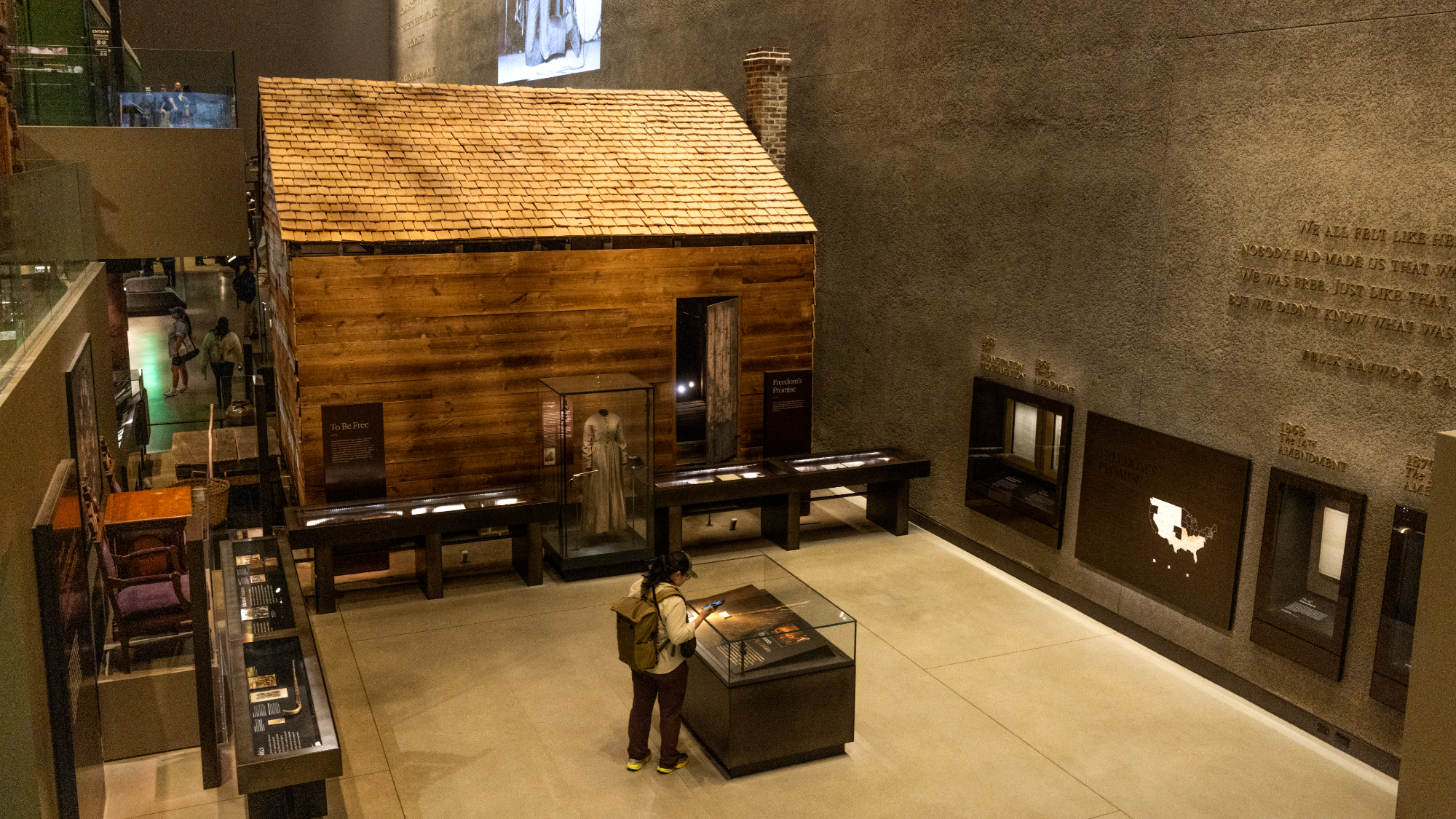Archaeologists discover what might be the oldest known image on Earth


The oldest images in the world might have been discovered in France — and they're made of "pixels."
Archaeologists have uncovered 16 stones in a prehistoric camp in France's Vézère Valley, where people belonging to the earliest modern human culture in Europe used to live, The Independent reports. The images on the stones illustrate mammoths and wild cows using a technique shared by computers and televisions, in which a picture is formed using an arrangements of tiny dots. The images from Vézère are estimated to be 38,000 years old.
"It's not so much the final effect that we found interesting, it's the conception of it — the use of individual points to form the body or the outline of a figure," explained New York University Professor Randall White to The Independent. "If you look carefully at the aurochs, there's really a significant control of the line."
The Week
Escape your echo chamber. Get the facts behind the news, plus analysis from multiple perspectives.

Sign up for The Week's Free Newsletters
From our morning news briefing to a weekly Good News Newsletter, get the best of The Week delivered directly to your inbox.
From our morning news briefing to a weekly Good News Newsletter, get the best of The Week delivered directly to your inbox.
The technique of creating an image from small dots would be used again thousands of years later by "pointillists" such as Vincent van Gogh and Georges Seurat. But the images on the prehistoric stones date back to a "very early [time] when people [were] really just beginning to grapple with the production of images," White said. "They have mastered some of the fundamental aspects of line and shape, but there's clearly a long way to go in terms of precise reproductions."
"It's almost digital in its nature," White said. "Why this fixation on dots? I'll admit it's a puzzle."
A free daily email with the biggest news stories of the day – and the best features from TheWeek.com
Jeva Lange was the executive editor at TheWeek.com. She formerly served as The Week's deputy editor and culture critic. She is also a contributor to Screen Slate, and her writing has appeared in The New York Daily News, The Awl, Vice, and Gothamist, among other publications. Jeva lives in New York City. Follow her on Twitter.
-
 Son arrested over killing of Rob and Michele Reiner
Son arrested over killing of Rob and Michele ReinerSpeed Read Nick, the 32-year-old son of Hollywood director Rob Reiner, has been booked for the murder of his parents
-
 Rob Reiner, wife dead in ‘apparent homicide’
Rob Reiner, wife dead in ‘apparent homicide’speed read The Reiners, found in their Los Angeles home, ‘had injuries consistent with being stabbed’
-
 Hungary’s Krasznahorkai wins Nobel for literature
Hungary’s Krasznahorkai wins Nobel for literatureSpeed Read László Krasznahorkai is the author of acclaimed novels like ‘The Melancholy of Resistance’ and ‘Satantango’
-
 Primatologist Jane Goodall dies at 91
Primatologist Jane Goodall dies at 91Speed Read She rose to fame following her groundbreaking field research with chimpanzees
-
 Florida erases rainbow crosswalk at Pulse nightclub
Florida erases rainbow crosswalk at Pulse nightclubSpeed Read The colorful crosswalk was outside the former LGBTQ nightclub where 49 people were killed in a 2016 shooting
-
 Trump says Smithsonian too focused on slavery's ills
Trump says Smithsonian too focused on slavery's illsSpeed Read The president would prefer the museum to highlight 'success,' 'brightness' and 'the future'
-
 Trump to host Kennedy Honors for Kiss, Stallone
Trump to host Kennedy Honors for Kiss, StalloneSpeed Read Actor Sylvester Stallone and the glam-rock band Kiss were among those named as this year's inductees
-
 White House seeks to bend Smithsonian to Trump's view
White House seeks to bend Smithsonian to Trump's viewSpeed Read The Smithsonian Institution's 21 museums are under review to ensure their content aligns with the president's interpretation of American history



